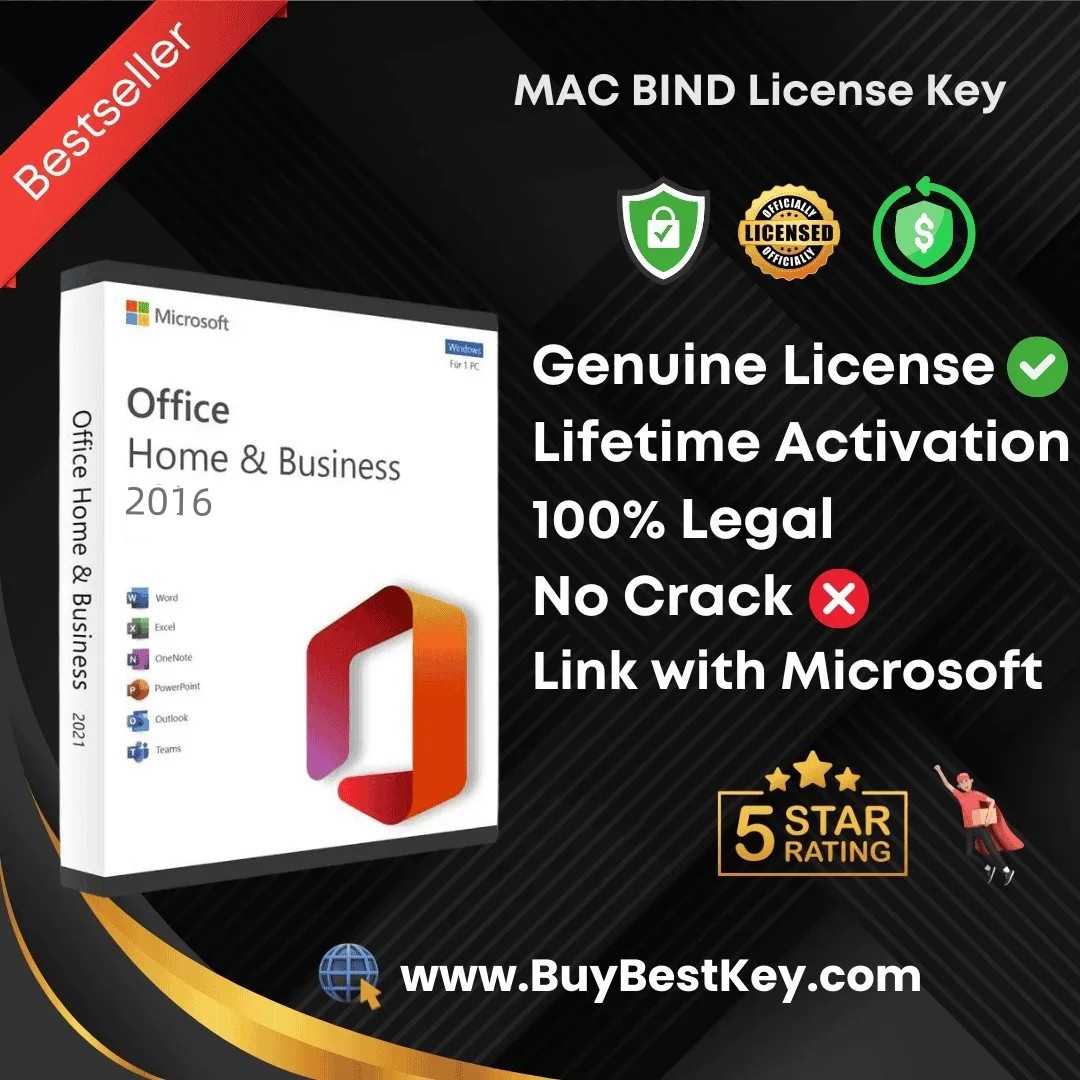
# Office Key Management Best Practices
## Introduction
Effective key management is a critical aspect of office security that often gets overlooked. Proper office key management ensures that only authorized personnel have access to sensitive areas while maintaining accountability and reducing security risks.
## Why Office Key Management Matters
Poor key management can lead to:
– Unauthorized access to sensitive areas
– Lost or stolen keys compromising security
– Difficulty tracking key usage
– Increased liability risks
Keyword: office key
## Best Practices for Office Key Management
### 1. Implement a Centralized Key Control System
A centralized system provides:
– Digital tracking of all keys
– Detailed records of key assignments
– Automated alerts for overdue keys
– Easy reporting capabilities
### 2. Establish Clear Key Issuance Policies
Develop written policies that specify:
– Who is authorized to request keys
– Approval processes for key distribution
– Maximum loan periods
– Consequences for policy violations
### 3. Use Restricted Key Systems
Consider implementing:
– High-security keys that can’t be duplicated without authorization
– Master key systems with limited distribution
– Electronic key cards with access control features
### 4. Maintain Accurate Key Logs
Keep detailed records including:
– Key identification numbers
– Assignment dates and times
– Recipient information
– Return dates and conditions
### 5. Conduct Regular Key Audits
Schedule periodic audits to:
– Verify all keys are accounted for
– Identify missing or unreturned keys
– Update records for personnel changes
– Assess system effectiveness
### 6. Secure Key Storage
Implement proper storage solutions:
– Locked key cabinets with limited access
– Separate storage for master keys
– Backup keys in secure off-site locations
– Tamper-evident containers for high-security keys
### 7. Train Employees on Key Protocols
Educate staff about:
– Proper key handling procedures
– Reporting lost or stolen keys
– Security responsibilities
– Emergency key access protocols
## Transitioning to Electronic Systems
While traditional key systems are effective, many offices are moving to electronic alternatives:
– Keycard access systems
– Biometric scanners
– Mobile credential solutions
– Cloud-based access management
These systems offer enhanced security features and easier management capabilities.
## Conclusion
Implementing strong office key management practices is essential for maintaining security and operational efficiency. By following these best practices, organizations can reduce risks, improve accountability, and create a more secure work environment for all employees.